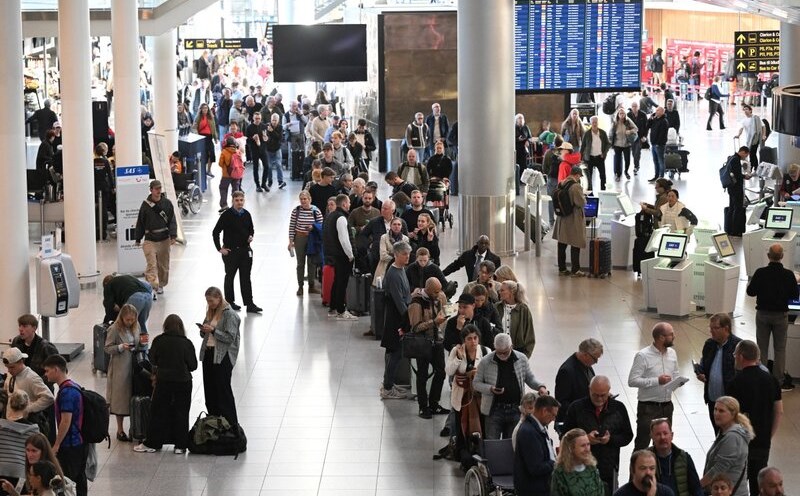NASA is preparing for the Artemis 2 mission, the first manned flight in the Artemis program, scheduled to launch in early 2026.
This is considered a historic event, when for the first time in more than 50 years, humans will return to fly around the Moon.
According to the plan, the Orion spacecraft carrying four astronauts will conduct a 10-day flight, flying more than 9,260 km outside the Moon in an " return to freedom" orbit before returning to Earth.
The launch is currently expected in the 2, 3 and 4 time frames. The earliest date may be February 5, 2026, and the latest date may be April 26, 2026.
The Artemis 2 crew includes commander Reid Wiseman, pilot Victor Glover, expert Christina Koch ( NASA) and Canadian pilot Jeremy Hansen. They will be launched by the SLS rocket, the most powerful rocket ever built.
Previously, the unmanned Artemis 1 mission (2022) was successful in sending Orion around the Moon and returning to Earth after 4 weeks.
However, problems related to the heat shield and hydrogen leak have forced NASA to postpone Artemis 2 to improve safety. Currently, these weaknesses have been overcome, with flight trajectory adjustment and upgrading of runways and fuel systems.
In terms of hardware, the Boeing-made SLS rocket has been assembled at the Kennedy Space Center, while the Orion is almost completed.
NASA is expected to announce a complete assembly rocket in October. Despite being a manned flight, Artemis 2 is still just a test flight, focusing on safety and operational capability before heading for future lunar landing missions.
NASA affirmed that the success of Artemis 2 is not only to bring the crew back safely, but also to prove its technological capabilities for the lunar and further journey.
This will be an important stepping stone to prepare for Artemis 3, the mission of bringing people back to the surface of the Moon, opening an era of exploring the vastness of space.









